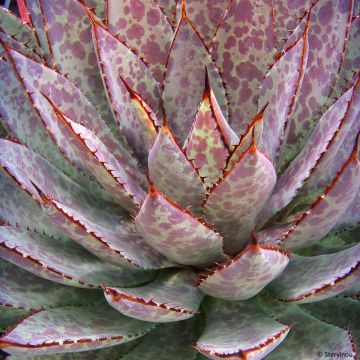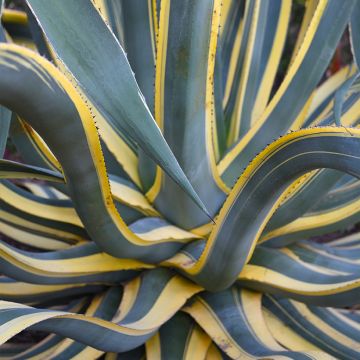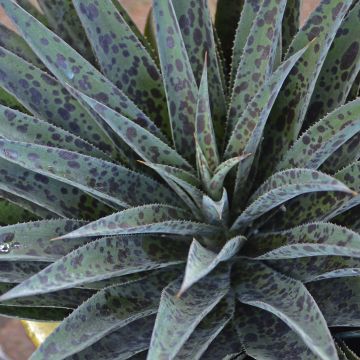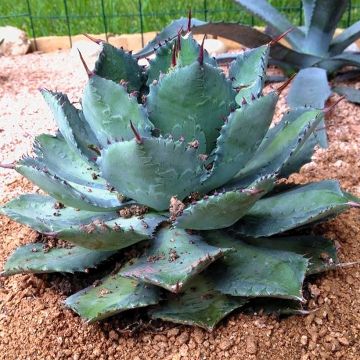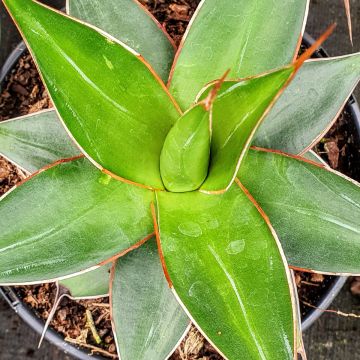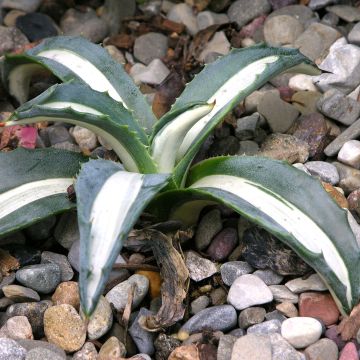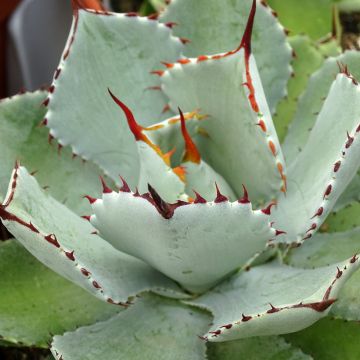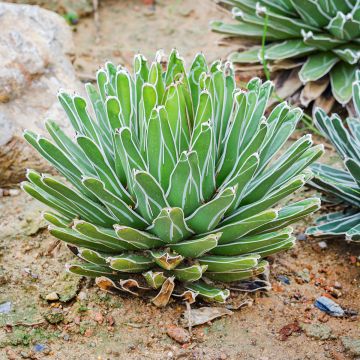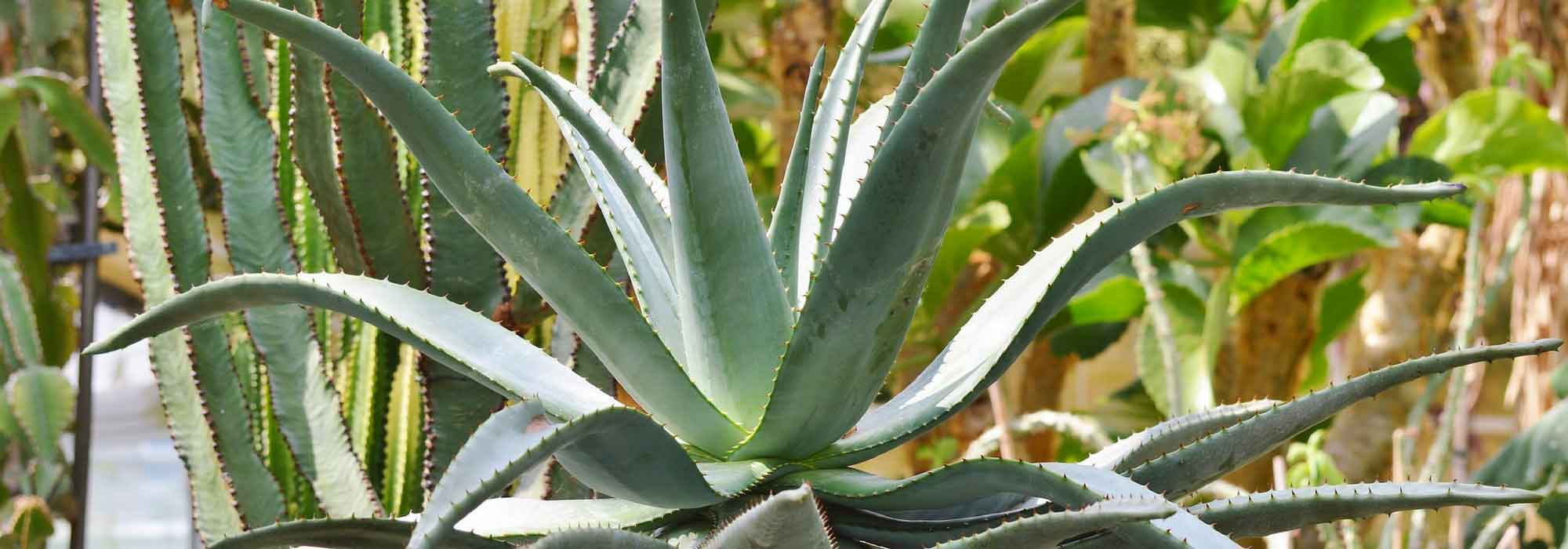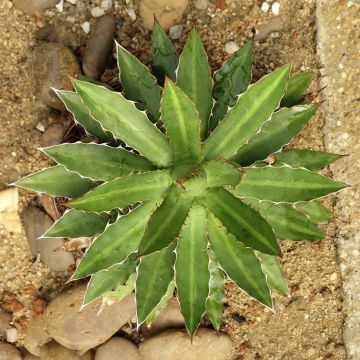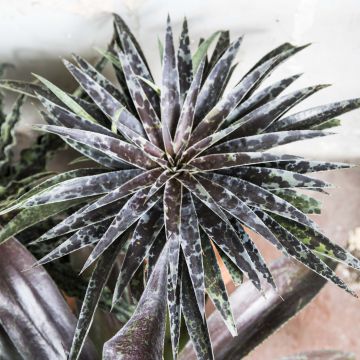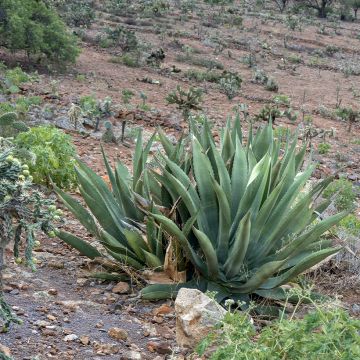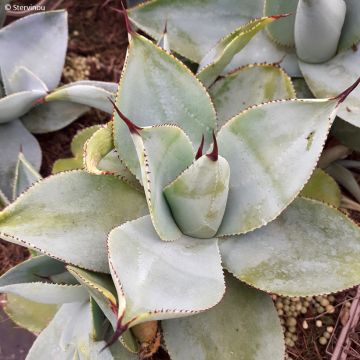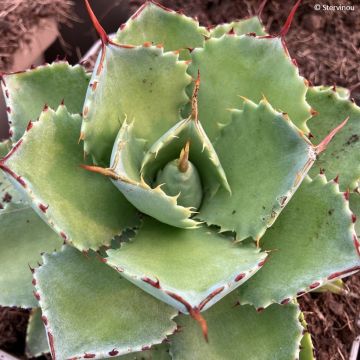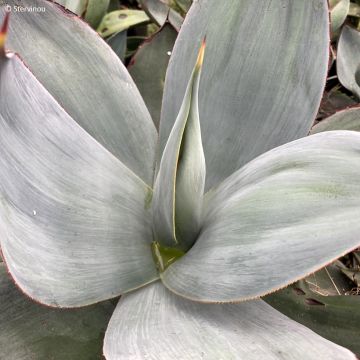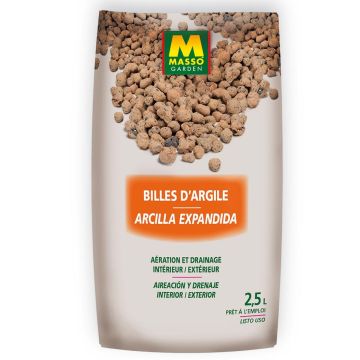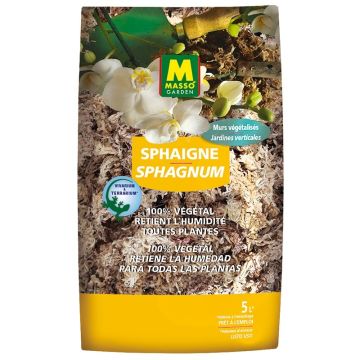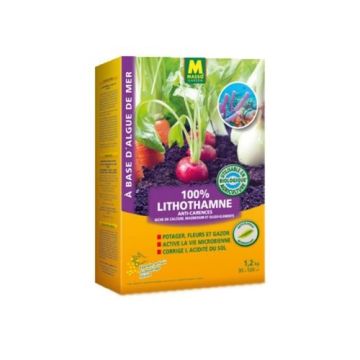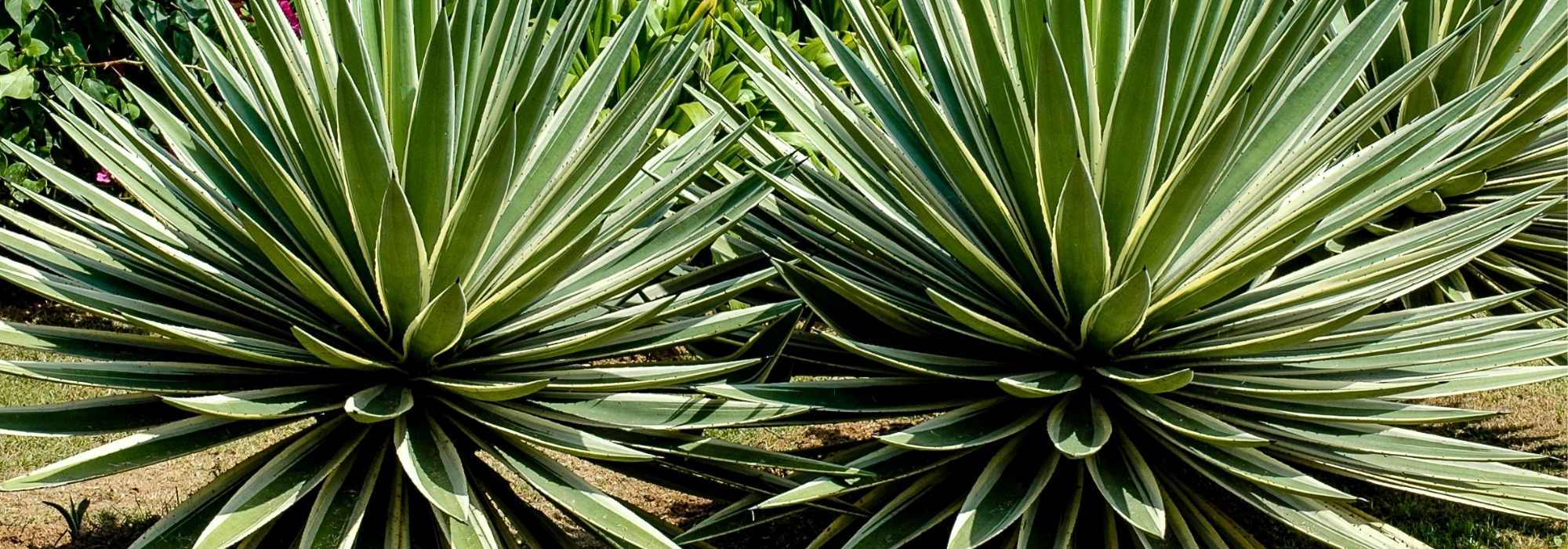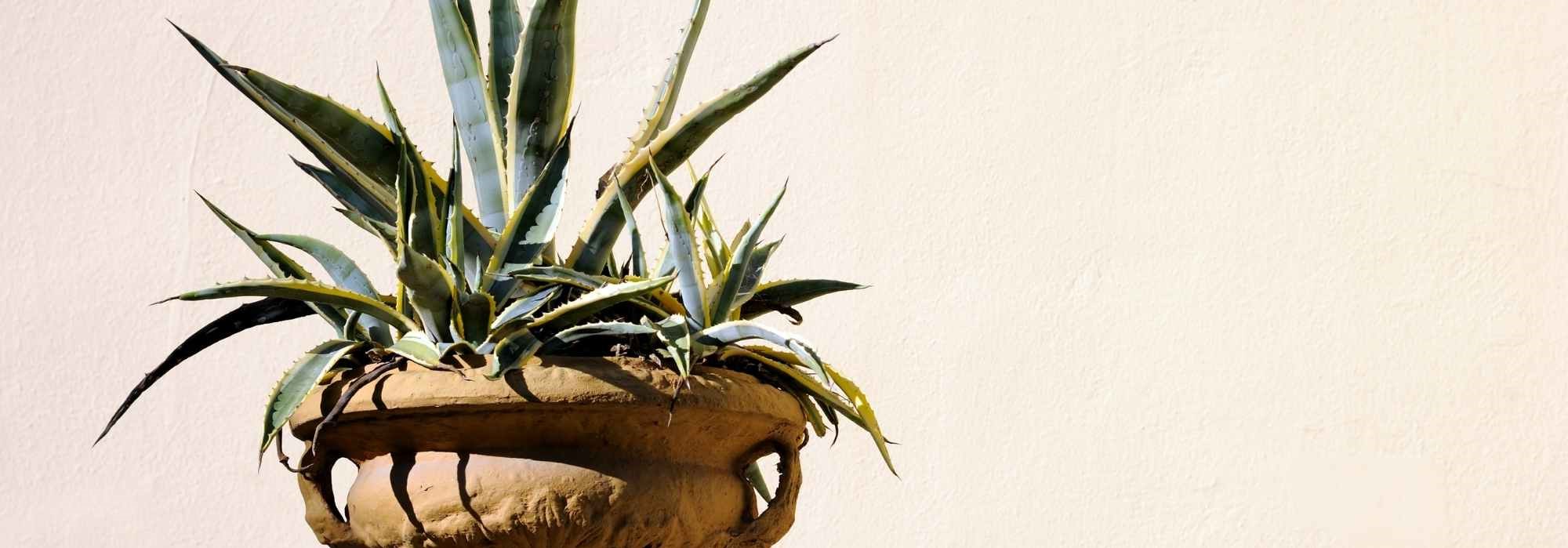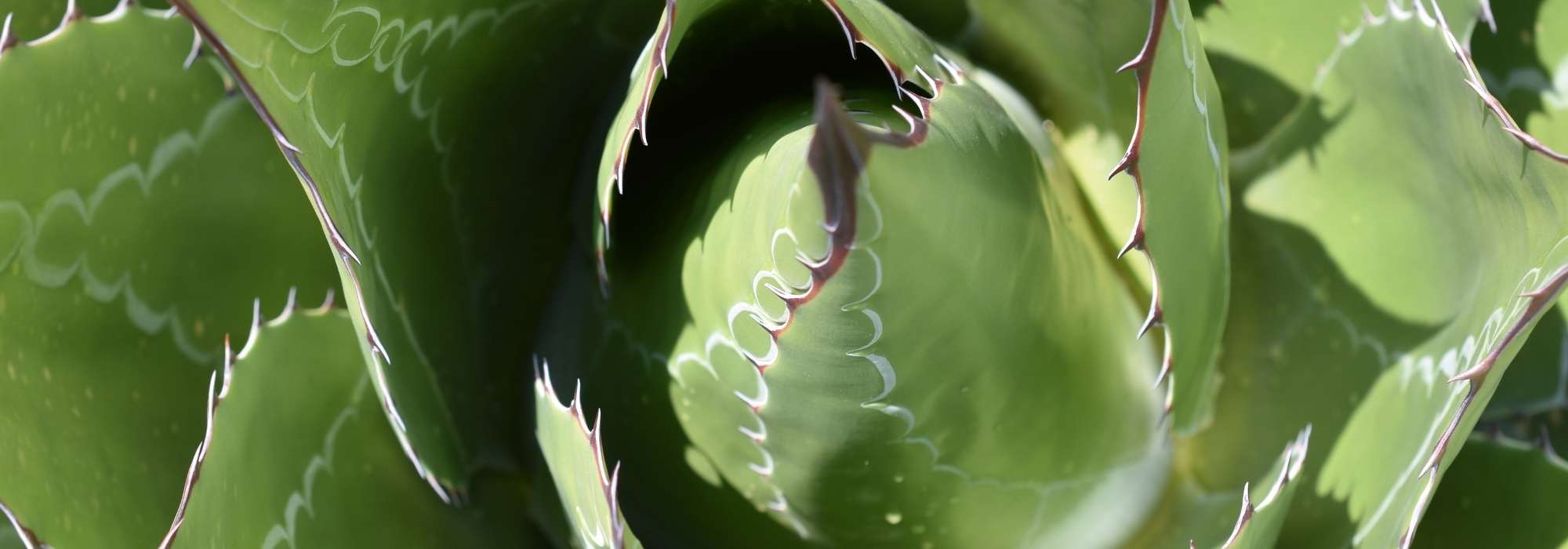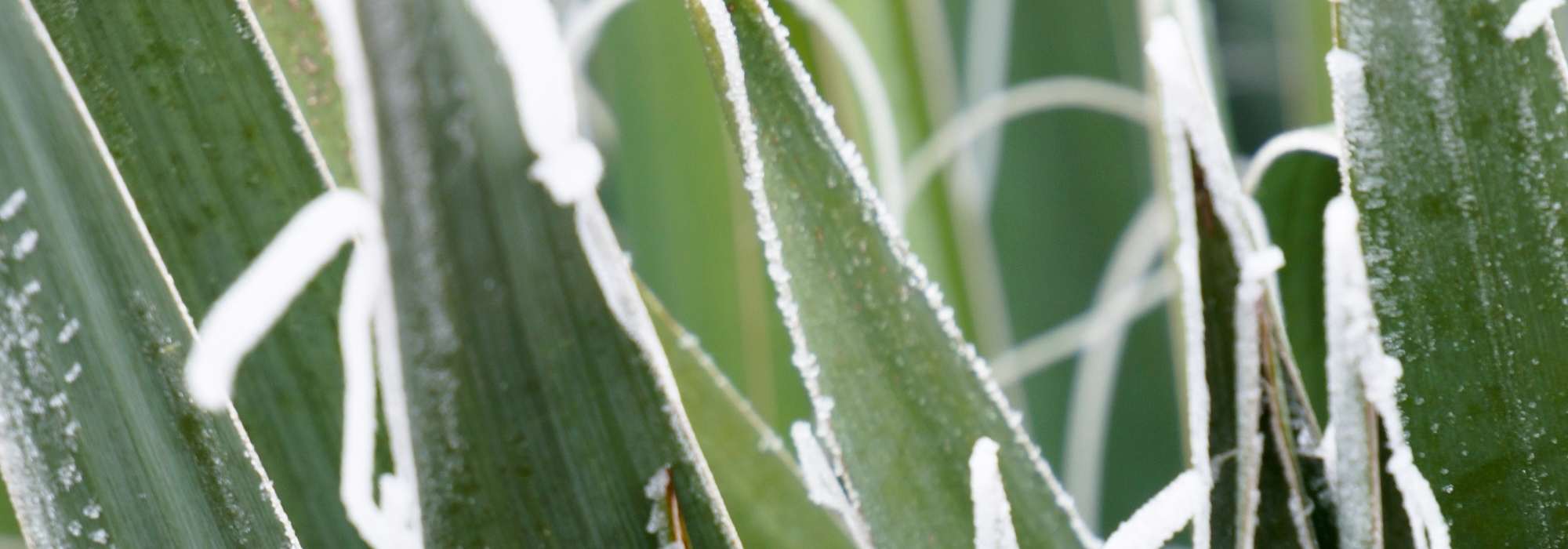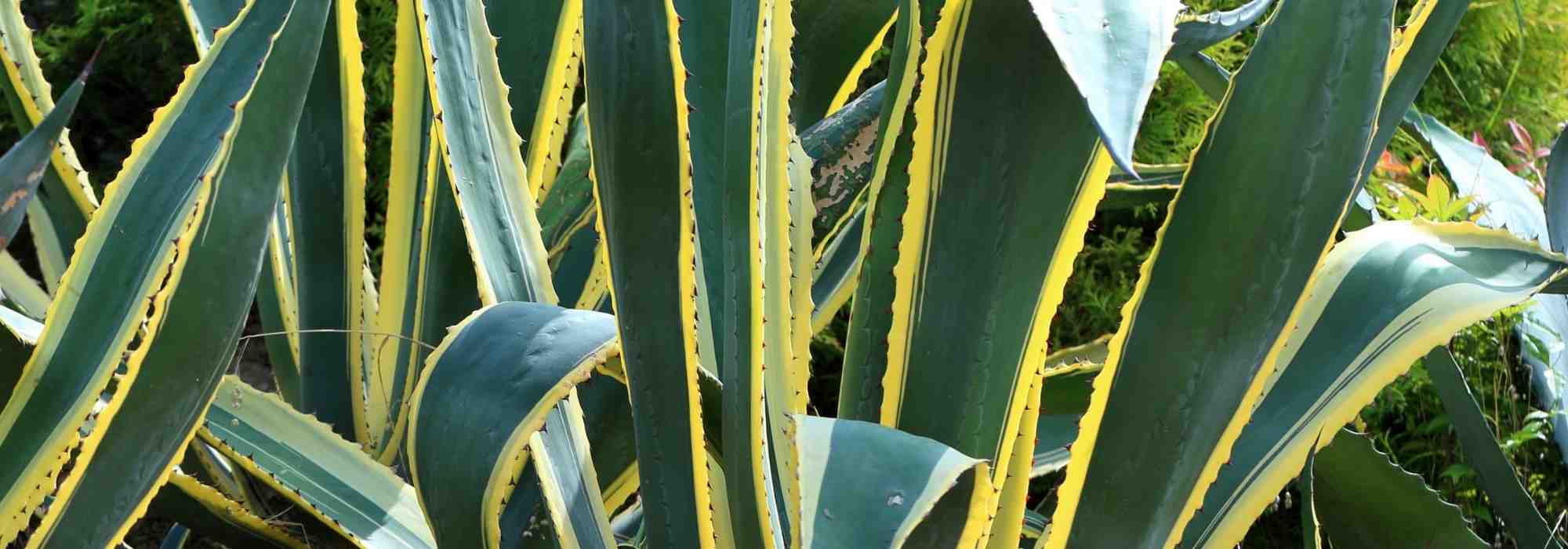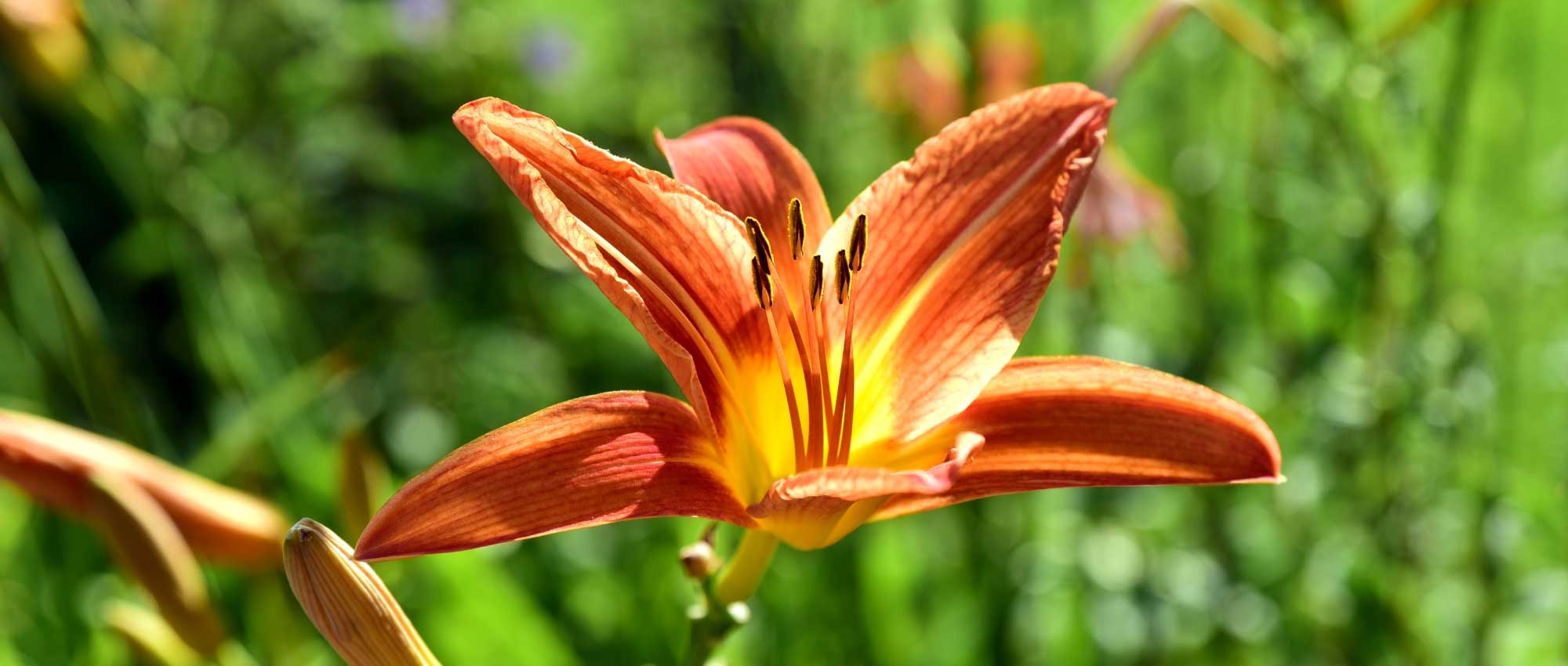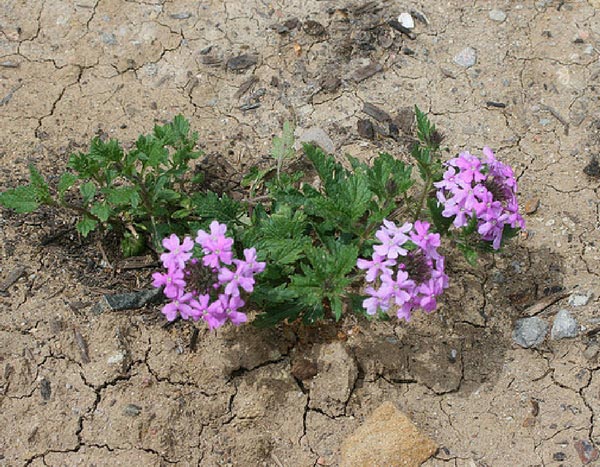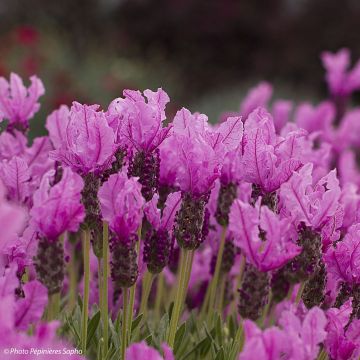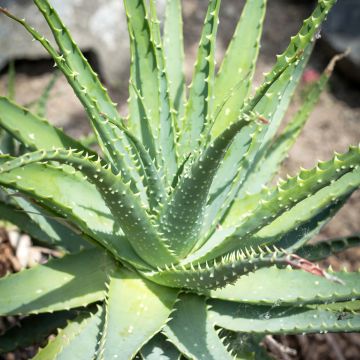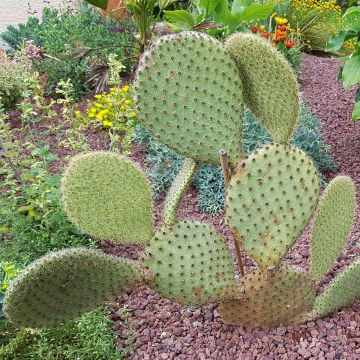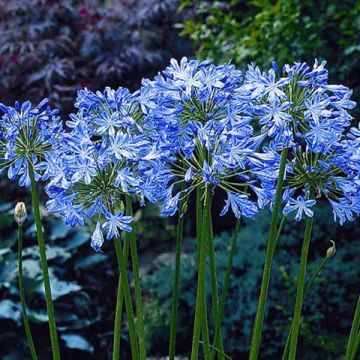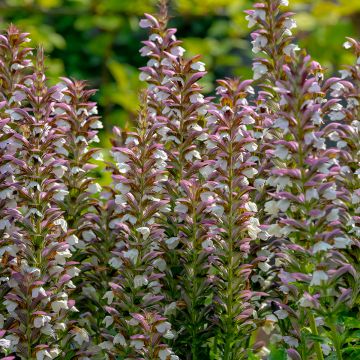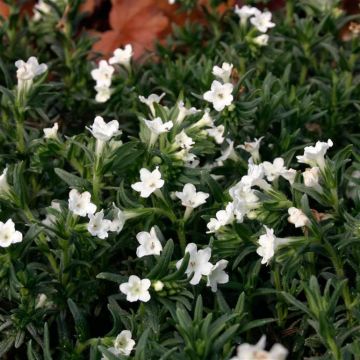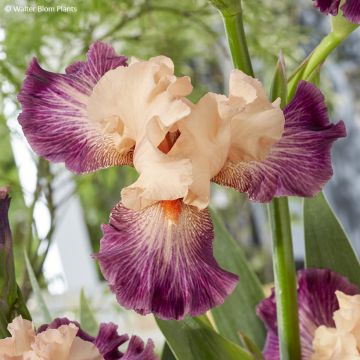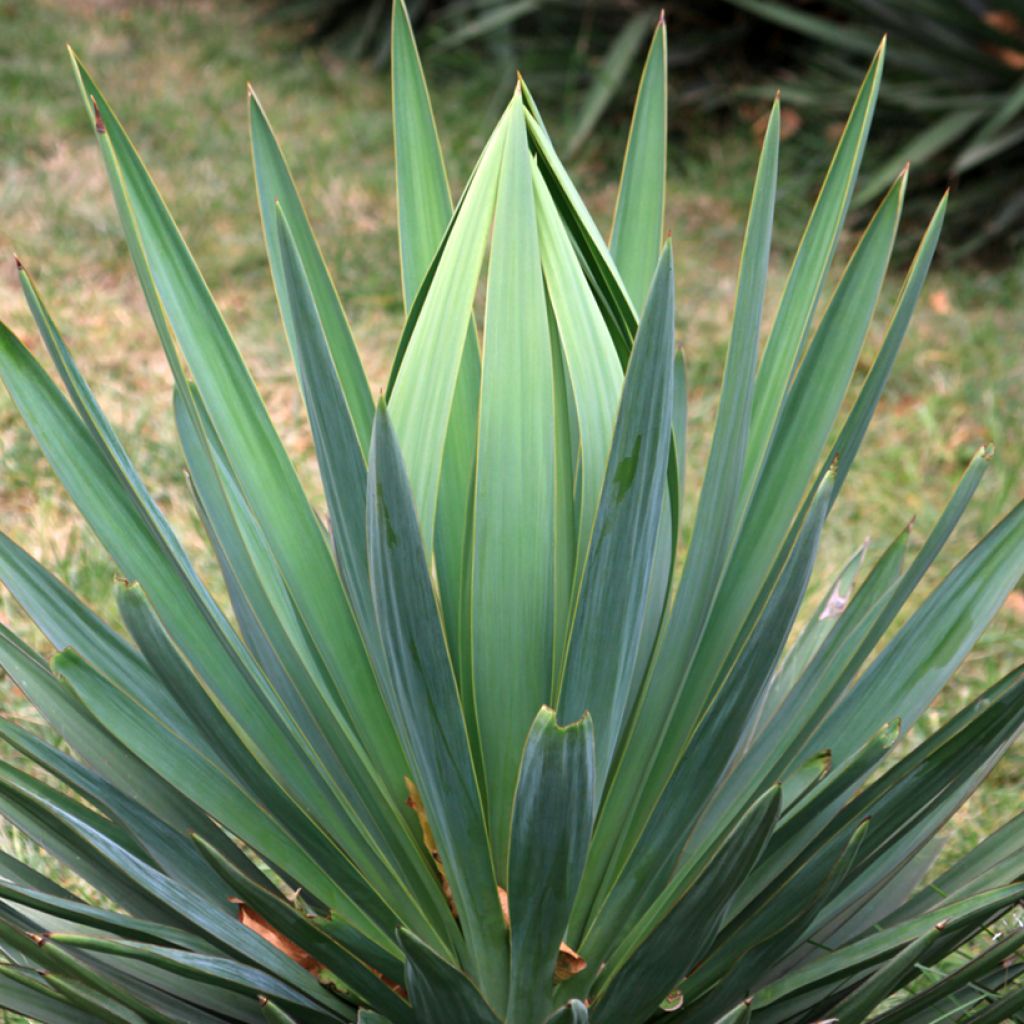

Agave sisalana - Sisal hemp
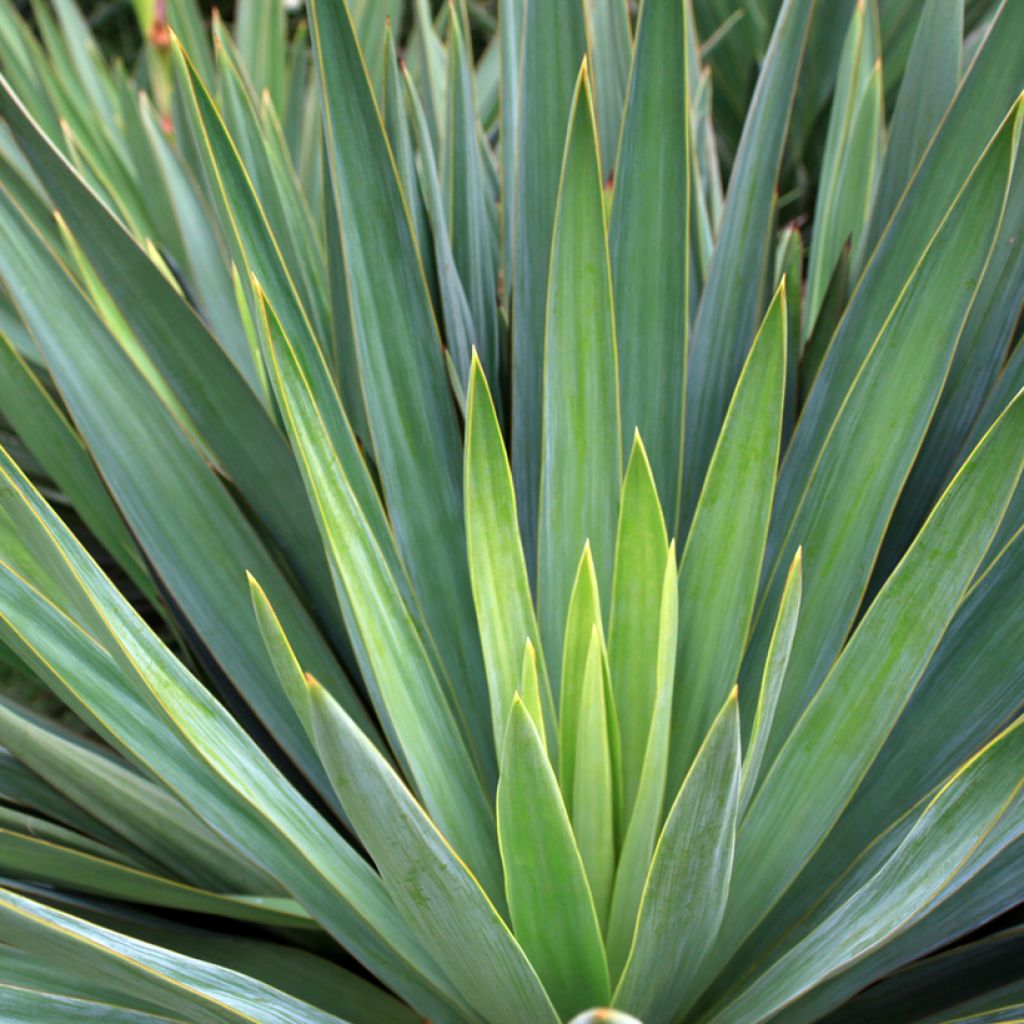

Agave sisalana - Sisal hemp


Agave sisalana - Sisal hemp


Agave sisalana - Sisal hemp
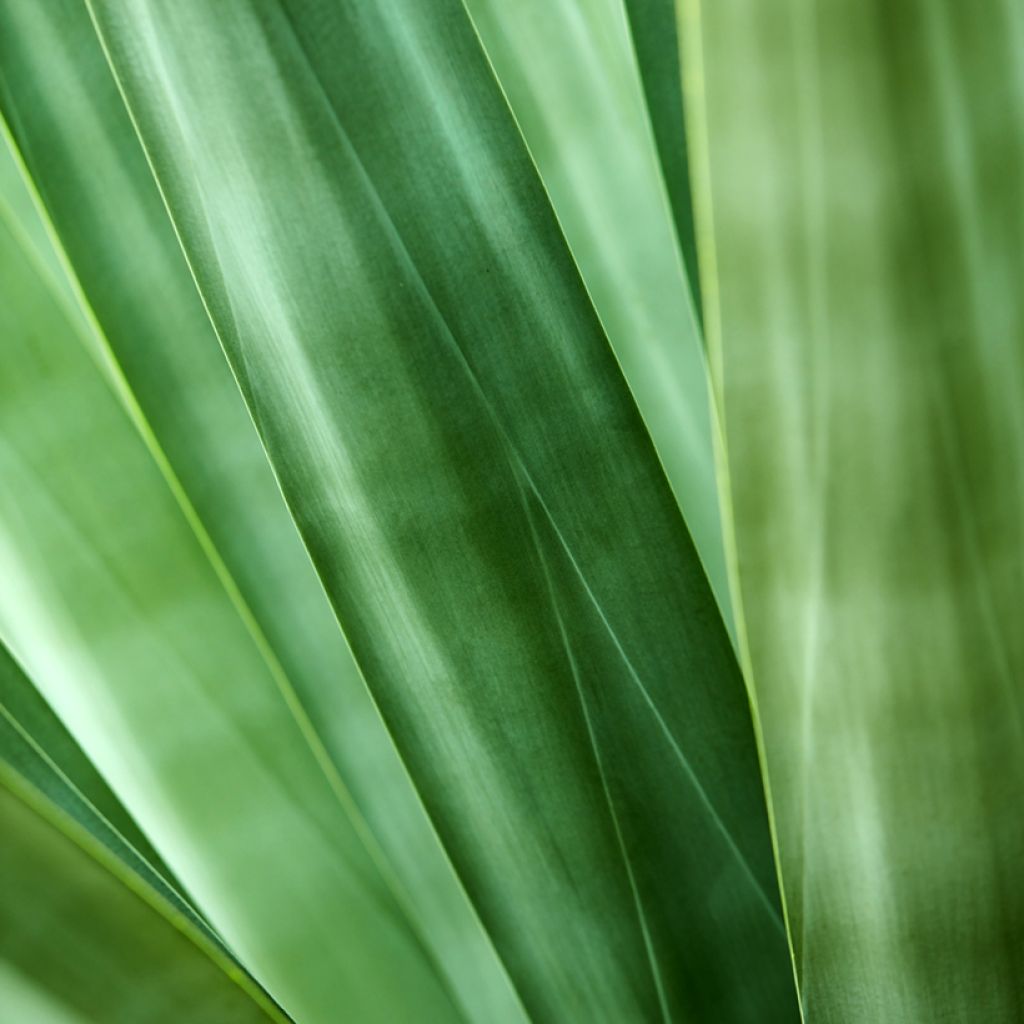

Agave sisalana - Sisal hemp
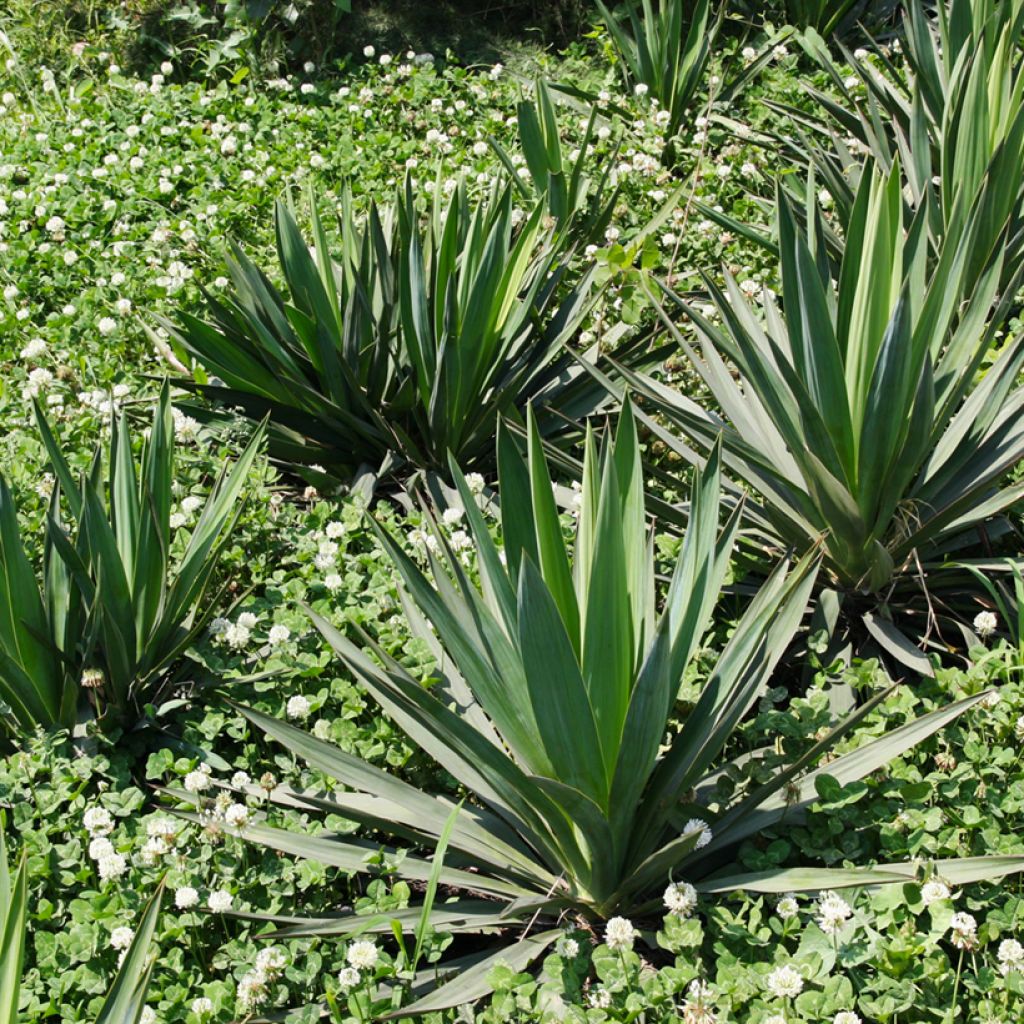

Agave sisalana - Sisal hemp
Agave sisalana - Sisal hemp
Agave sisalana
Sisal hemp, Bahama hemp
Special offer!
Receive a €20 voucher for any order over €90 (excluding delivery costs, credit notes, and plastic-free options)!
1- Add your favorite plants to your cart.
2- Once you have reached €90, confirm your order (you can even choose the delivery date!).
3- As soon as your order is shipped, you will receive an email containing your voucher code, valid for 3 months (90 days).
Your voucher is unique and can only be used once, for any order with a minimum value of €20, excluding delivery costs.
Can be combined with other current offers, non-divisible and non-refundable.
Why not try an alternative variety in stock?
View all →This plant carries a 12 months recovery warranty
More information
We guarantee the quality of our plants for a full growing cycle, and will replace at our expense any plant that fails to recover under normal climatic and planting conditions.
Would this plant suit my garden?
Set up your Plantfit profile →
Description
Agave sisalana, or Sisal, originates from southern Mexico. It is a large and beautiful perennial rosette, perfectly adapted to dry climates but sensitive to frost. Its long, fibrous, glaucous green leaves form a symmetrical and architectural structure that stands out in dry gardens or on a sunny terrace. Cultivated for centuries for its durable fibres, this agave is now valued as much for its aesthetics as for its drought resistance. Planting in the ground is only suited to the Mediterranean coast. Elsewhere, container cultivation allows it to be protected from frost in winter.
Agave sisalana (syn. Agave rigida var. sisalana) belongs to the Asparagaceae family, subfamily Agavoideae. It is native to the Yucatán Peninsula, where it grows naturally in semi-arid zones on rocky, well-drained soils. Today, the range of Agave sisalana has expanded significantly due to its intensive cultivation for textile fibre production. It is now naturalised and grown in many tropical and subtropical regions, including Central America, South America (Brazil, Venezuela, Colombia), Africa (Kenya, Tanzania, Madagascar), India, and parts of the United States (Florida, Texas, Hawaii). In the wild, it is often found alongside other xerophytic plants like cacti and euphorbias. It thrives in arid and semi-arid climates, where annual rainfall is typically below 800 mm, with a long dry season and high temperatures frequently exceeding 30°C. Its hardiness is limited to -3°C to -5°C for short spells, and it dies in prolonged frost conditions.
Agave sisalana has a dense, broad rosette habit, symmetrical and regular, reaching 1.5 to 2 m in height and 2 to 3 m in spread. When grown in a pot, its size is more modest, reaching about 1 to 1.5 m in height with a spread of 0.8 m. Its leaves are rigid, long (up to 1.5 m), fibrous, and slightly curved outward, with finely toothed edges and a sharp tip. Unlike other agaves, it does not produce abundant offsets, making maintenance easier. With age, it may form a short trunk at the base. Its growth is relatively fast for an agave, reaching maturity in 5 to 7 years under optimal conditions. It is also highly resistant to strong winds and salt spray, making it well-suited to coastal gardens. At the end of its life cycle (after 10 to 12 years), it produces a massive flower spike, reaching 5 to 6 m tall in the wild, bearing greenish-yellow flowers in branched clusters. After flowering, like most agaves, the plant dies back but leaves behind bulblets on the flower stem for propagation. The roots of Agave sisalana are deep and very resilient, enabling it to draw moisture from the driest soils and stabilise loose ground.
On the Mediterranean coast, this Sisal agave can be planted in a large rockery, in soil that does not retain water. It pairs well with Opuntia, various other cacti, and Pride of Madeira. Gardeners in colder regions should plant it in a very large container on the terrace, carefully selecting the warmest, sunniest spot. It will often need winter protection in an orangery, like a citrus tree.
Agave sisalana - Sisal hemp in pictures




Flowering
Foliage
Plant habit
Botanical data
Agave
sisalana
Asparagaceae
Sisal hemp, Bahama hemp
Agave rigida var. sisalana, Agave amaniensis, Agave segurae, Agave sisalana var. armata, Agave sisalana f. armata
North America
Other Agave
View all →Planting and care
Plant the Agave Sisal in full sun, preferably in poor soil, even stony, chalky, sandy, but well-drained. It tolerates winter moisture and cold very poorly, but copes perfectly with hot, very dry summers. It will withstand light frosts, down to around -4°C at the lowest, if planted in dry ground. As the plant reaches a large size, it should be grown in very large pots, preferably wide ones, made of terracotta or in wooden containers. In winter, it should be stored indoors or in a cold greenhouse, protected from severe frosts, outside the warmest regions.
Planting period
Intended location
Care
Planting & care advice
This item has not been reviewed yet - be the first to leave a review about it.
Similar products
Haven't found what you were looking for?
Hardiness is the lowest winter temperature a plant can endure without suffering serious damage or even dying. However, hardiness is affected by location (a sheltered area, such as a patio), protection (winter cover) and soil type (hardiness is improved by well-drained soil).

Photo Sharing Terms & Conditions
In order to encourage gardeners to interact and share their experiences, Promesse de fleurs offers various media enabling content to be uploaded onto its Site - in particular via the ‘Photo sharing’ module.
The User agrees to refrain from:
- Posting any content that is illegal, prejudicial, insulting, racist, inciteful to hatred, revisionist, contrary to public decency, that infringes on privacy or on the privacy rights of third parties, in particular the publicity rights of persons and goods, intellectual property rights, or the right to privacy.
- Submitting content on behalf of a third party;
- Impersonate the identity of a third party and/or publish any personal information about a third party;
In general, the User undertakes to refrain from any unethical behaviour.
All Content (in particular text, comments, files, images, photos, videos, creative works, etc.), which may be subject to property or intellectual property rights, image or other private rights, shall remain the property of the User, subject to the limited rights granted by the terms of the licence granted by Promesse de fleurs as stated below. Users are at liberty to publish or not to publish such Content on the Site, notably via the ‘Photo Sharing’ facility, and accept that this Content shall be made public and freely accessible, notably on the Internet.
Users further acknowledge, undertake to have ,and guarantee that they hold all necessary rights and permissions to publish such material on the Site, in particular with regard to the legislation in force pertaining to any privacy, property, intellectual property, image, or contractual rights, or rights of any other nature. By publishing such Content on the Site, Users acknowledge accepting full liability as publishers of the Content within the meaning of the law, and grant Promesse de fleurs, free of charge, an inclusive, worldwide licence for the said Content for the entire duration of its publication, including all reproduction, representation, up/downloading, displaying, performing, transmission, and storage rights.
Users also grant permission for their name to be linked to the Content and accept that this link may not always be made available.
By engaging in posting material, Users consent to their Content becoming automatically accessible on the Internet, in particular on other sites and/or blogs and/or web pages of the Promesse de fleurs site, including in particular social pages and the Promesse de fleurs catalogue.
Users may secure the removal of entrusted content free of charge by issuing a simple request via our contact form.
The flowering period indicated on our website applies to countries and regions located in USDA zone 8 (France, the United Kingdom, Ireland, the Netherlands, etc.)
It will vary according to where you live:
- In zones 9 to 10 (Italy, Spain, Greece, etc.), flowering will occur about 2 to 4 weeks earlier.
- In zones 6 to 7 (Germany, Poland, Slovenia, and lower mountainous regions), flowering will be delayed by 2 to 3 weeks.
- In zone 5 (Central Europe, Scandinavia), blooming will be delayed by 3 to 5 weeks.
In temperate climates, pruning of spring-flowering shrubs (forsythia, spireas, etc.) should be done just after flowering.
Pruning of summer-flowering shrubs (Indian Lilac, Perovskia, etc.) can be done in winter or spring.
In cold regions as well as with frost-sensitive plants, avoid pruning too early when severe frosts may still occur.
The planting period indicated on our website applies to countries and regions located in USDA zone 8 (France, United Kingdom, Ireland, Netherlands).
It will vary according to where you live:
- In Mediterranean zones (Marseille, Madrid, Milan, etc.), autumn and winter are the best planting periods.
- In continental zones (Strasbourg, Munich, Vienna, etc.), delay planting by 2 to 3 weeks in spring and bring it forward by 2 to 4 weeks in autumn.
- In mountainous regions (the Alps, Pyrenees, Carpathians, etc.), it is best to plant in late spring (May-June) or late summer (August-September).
The harvesting period indicated on our website applies to countries and regions in USDA zone 8 (France, England, Ireland, the Netherlands).
In colder areas (Scandinavia, Poland, Austria...) fruit and vegetable harvests are likely to be delayed by 3-4 weeks.
In warmer areas (Italy, Spain, Greece, etc.), harvesting will probably take place earlier, depending on weather conditions.
The sowing periods indicated on our website apply to countries and regions within USDA Zone 8 (France, UK, Ireland, Netherlands).
In colder areas (Scandinavia, Poland, Austria...), delay any outdoor sowing by 3-4 weeks, or sow under glass.
In warmer climes (Italy, Spain, Greece, etc.), bring outdoor sowing forward by a few weeks.






























